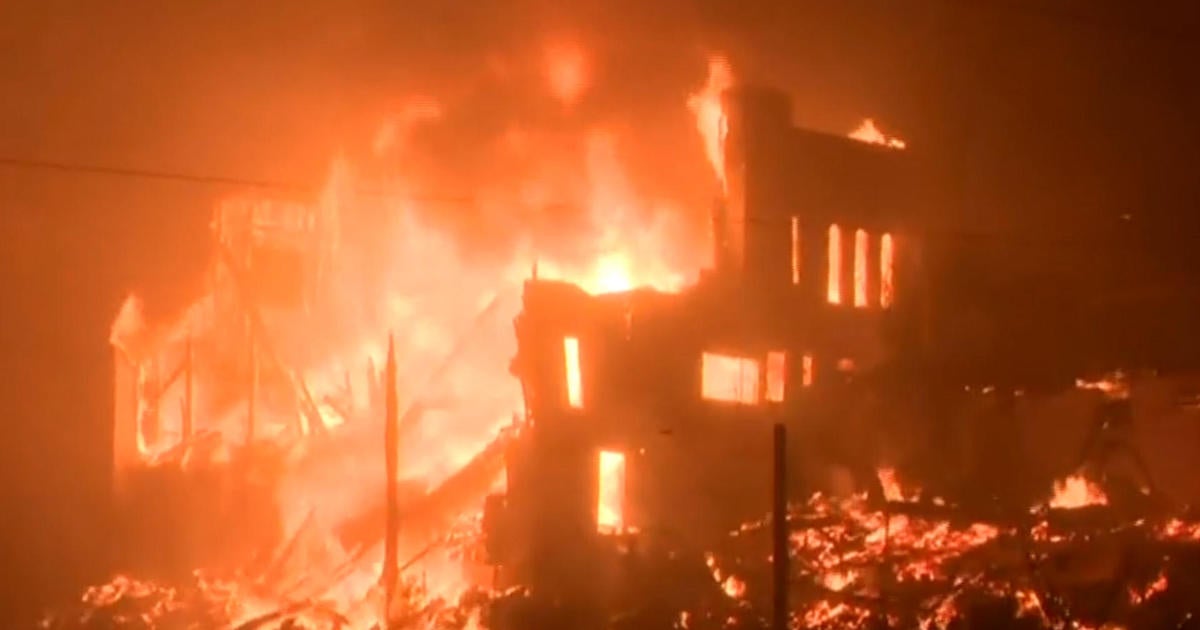
Los Angeles Homeowners Grapple with Insurance Crisis Amid Wildfire Threats
The recent Palisades Fire in Los Angeles has brought to light a growing insurance crisis faced by homeowners in high-risk areas prone to climate disasters. Thousands of residents, including those in affluent neighborhoods like Pacific Palisades, Brentwood, and Calabasas, have found themselves dropped by their insurers, leaving them vulnerable in times of need.
State Farm, one of the nation’s largest insurance providers, discontinued approximately 1,600 policies in Pacific Palisades alone before the fire struck. This decision is part of a broader trend where private insurers, including Allstate and Farmers Insurance, are stepping back from covering properties in high-risk zones. Homeowners who lose traditional coverage often turn to California’s FAIR Plan, a last-resort option offering basic fire insurance. However, reliance on the FAIR Plan has surged, with nearly 1 in 7 Pacific Palisades homes enrolled in the plan by 2024, compared to just a fraction in 2020.
Also Read:- Heartbreak as Pacific Palisades Fire Leaves Devastation in Its Wake
- Real Madrid Dominates Mallorca 3-0 to Secure Final Clash Against Barcelona
The financial implications of the Palisades Fire are staggering. With median home values in the area exceeding $3 million, the destruction caused by the blaze could make it one of the most expensive wildfires in history. This disaster adds pressure to California’s already fragile insurance market, where over 100,000 residents have lost coverage since 2019 due to rising risks and costs tied to climate change.
Experts warn that this issue extends beyond California, affecting states like Florida, Louisiana, and Texas, and even regions in New England and the Carolinas. As insurance becomes increasingly unaffordable or unavailable, the ripple effect could destabilize property values, leading to a potential financial crisis reminiscent of 2008. Without insurance, mortgages become unattainable, triggering cascading economic consequences.
California is taking steps to address this issue. New regulations require insurers to gradually increase coverage in wildfire-prone areas, aiming to reduce reliance on the FAIR Plan. However, critics argue that this move could drive premiums even higher, leaving consumers to shoulder additional costs.
This growing crisis underscores the need for a more sustainable approach to managing climate risks and protecting homeowners. As wildfires and other natural disasters become more frequent, finding a balance between ensuring coverage and maintaining affordability is essential to safeguarding communities and the economy.
Read More:

0 Comments